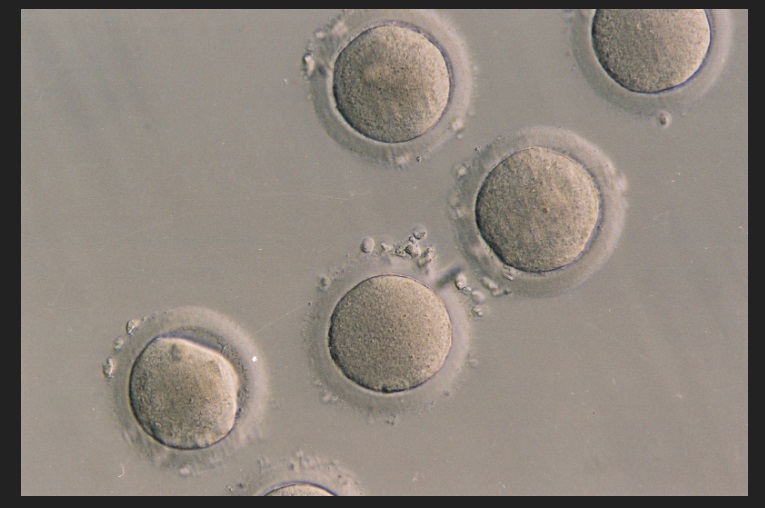What is fertile mucous?

What does cupping do?
18/07/2020
What should i pack in my hospital bag?
09/09/2020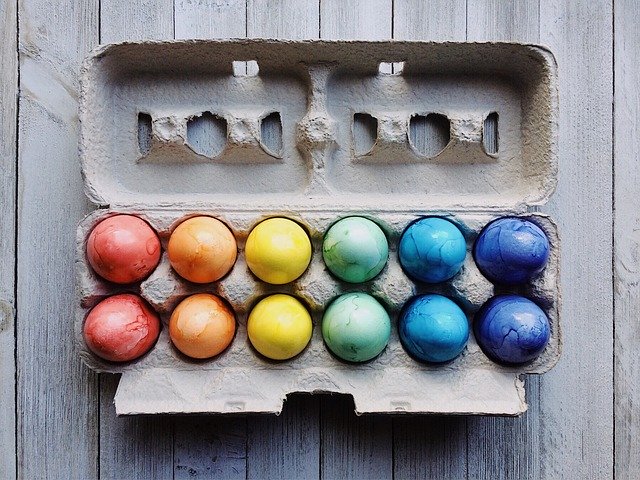
WARNING: This post contains photos of real mucous. (Thanks to my patient who kindly offered to snap these for research purposes).
What is fertile mucous?
What does fertile mucous look like? Here I attempt to answer and explain all the questions we get in clinic about mucous. (I do mention snot a few times in this post, because let’s face it, vaginal mucous really does look and feel like snot!)
If you’re wanting to have a baby, it’s important to know when you ovulate, right?! We’re seeing lots of women who are really confused about ovulation and what to look for in their mucous.
Are you peeing on sticks like crazy and still not pregnant?
In our clinic, the majority of the women that we see don’t actually know when they ovulate. They rely on technology to tell them. They’ll frequently use urine ovulation kits or phone apps to predict when they ovulate. (Does this sound like you?)
Whilst these can be useful tools, it’s important to realise that they are still in fact, just tools. And tools like these are not always accurate. Ovulation kits are frequently hard to read, not to mention expensive, particularly if you don’t know when you ovulate and have to frequently test. And then there are the tests that test false negatives!
Phone apps work on algorithms that are based on previous patterns of cycles. These don’t take into account anomalies that can occur from cycle to cycle particularly if your ovulation moves a day or two due to lack of (or disturbed) sleep, stress, sickness etc.
You may have also heard about BBT charts to predict ovulation. To download your own BBT chart, or just read a bit more about them, head to our BBT blog post here.
A more useful and accurate guide to predict ovulation is paying close attention to your cervical mucous/vaginal discharge throughout your cycle.
We encourage women in their pre-conception care phase to get to know their cycles and, in particular, their mucous.
So let’s talk
mucous!
How do you check?
You can look at your mucous either on your undies, on toilet tissue when you wipe, or if you don’t produce a lot of mucous you might have to insert (clean) fingers into the opening of the vagina.
Where exactly is vaginal mucous produced?
Vaginal mucous is produced by glands in the cervix. These glands are called “crypts”, kind of like valleys, lined with cells that produce mucous.
Did you know that there are four types of vaginal mucous?
There are four different types of mucous produced by these crypts in the cervix throughout your cycle, in response to oestrogen fluctuations. Each type of mucous has a different role to play in either helping or hindering sperm up the passage of the cervix into the uterus.
The oestrogen peak stimulates the production of fertile mucous. This peak happens, on average, 6 days before ovulation occurs!
Fertile mucous is produced waaay before ovulation, in order to prepare the cervix for lots of sex and sperm.
The four types of mucous in detail
The four types of mucous are named
G-type
L-type
S-type
and
P-type mucous.
These different types of mucous all have a role to play in either helping or hindering the passage of sperm up the vagina and cervix and into the uterus. Some sperm get trapped in the mucous in the crypts and are released when the time is right.
G-type mucous
Infertile mucous (mucous produced at non-fertile times) is called G-type mucous. It is thick, pasty and impenetrable. It’s produced in crypts of the cervix nearest the opening of the vagina. You’ll notice this mucous on your undies as a dry white/yellowish thick crusty paste. G-type mucous is impenetrable by sperm. The role of this mucous is to protect the woman’s reproductive system from infection and it forms a barrier to close the cervix for most of the cycle preventing sperm to enter.
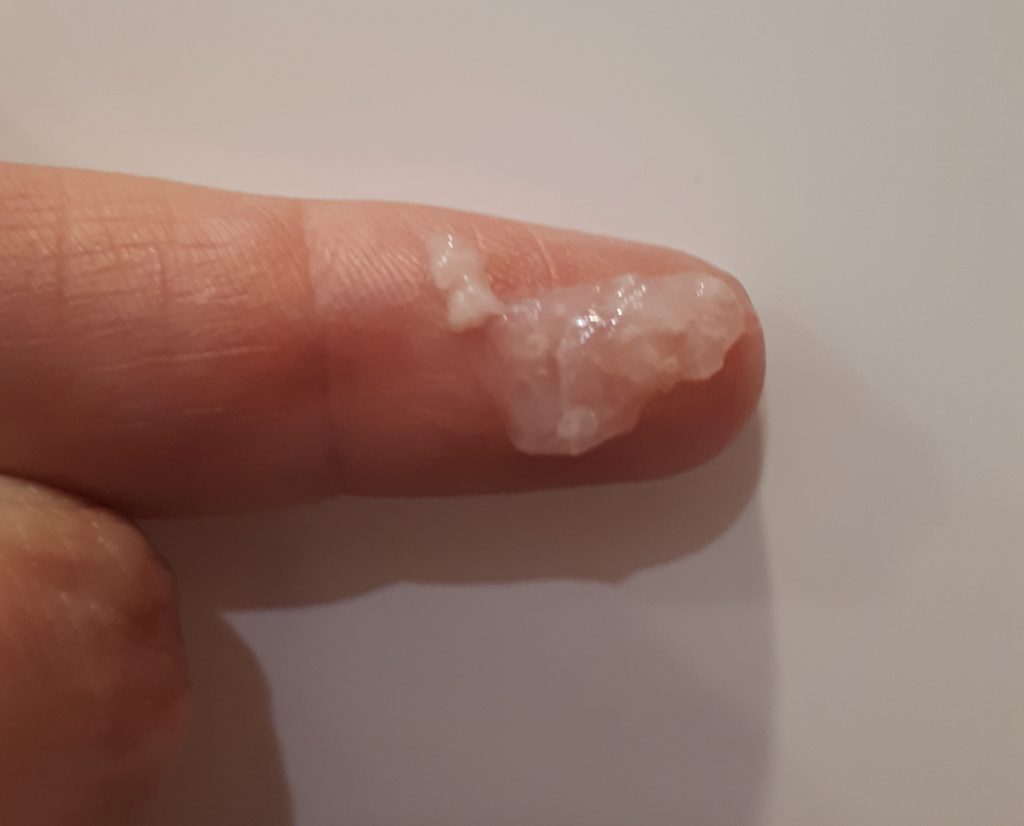
L-type mucous
L-type mucous is produced by cells that are found to line the entire length of the cervix. This mucous is slightly more liquid than G-type, and produces a slightly sticky, slightly wet sensation. This type of mucous tends to dry as a thinnish white paste on the undies. It is produced in response to rising oestrogen levels. It occurs for a variable number of days before and up to three days after your peak day. L-mucous attracts low-quality sperm. These sperm get trapped in the mucous and die (because they aren’t strong enough to swim out of it). This leaves the high-quality sperm to reach the S crypts. These higher quality sperm are locked in L-type mucous for up to two days, where any surviving sperm will be released when S-type mucous is produced.
Think of L-type mucous as a semi-fertile mucous. Basically, it’s your S and P type fertile mucous’ best friend. It only wants the best for you!
S-type mucous = stretchy, stretchy, stretchy!
S-type mucous is secreted from crypts in the upper half of the cervix. S-type mucous is one of two fertile type mucous. It is clear to opaque coloured, stretchy and slippery, and is often referred to as “egg-white” mucous. This mucous provides a smoother route for all sperm, creating excellent lubrication for the most sperm (even the poorer quality sperm) to reach the uterus.
S-type mucous looks different at varying stages as you approach ovulation. S-type mucous is sometimes seen mixed with L-type mucous (the best-friend), so you might notice a wet sensation and the mucous you see might be stringy/stretchy but slightly thicker and clumpier (kind of like head cold snot, you know when you blow your nose and it’s really thick and sticky, and it just sounds really “loaded”???).
S-type mucous can also be really, really clear and incredibly thin and stretchy. This type of mucous is generally noticed on toilet paper after you wipe. It might remind you of clear snot! Whatever type you experience, all S-type mucous is felt as a very slippery sensation when you wipe. Or it sticks to your undies in a long goopy thing as you pull them down to go to the toilet. You might notice a wetter or more moist sensation at this time of your cycle. Some women might notice a “long stringy stretchy clump” fall into the toilet if they happen to look down into the toilet at the right moment!
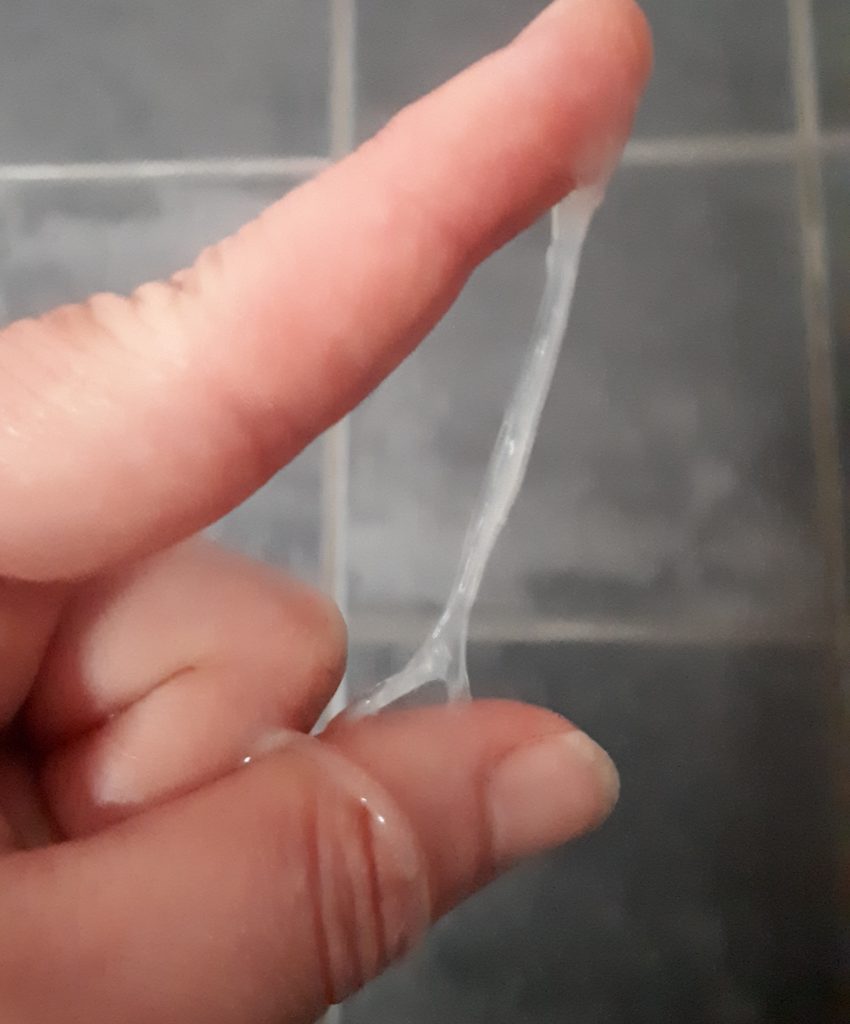
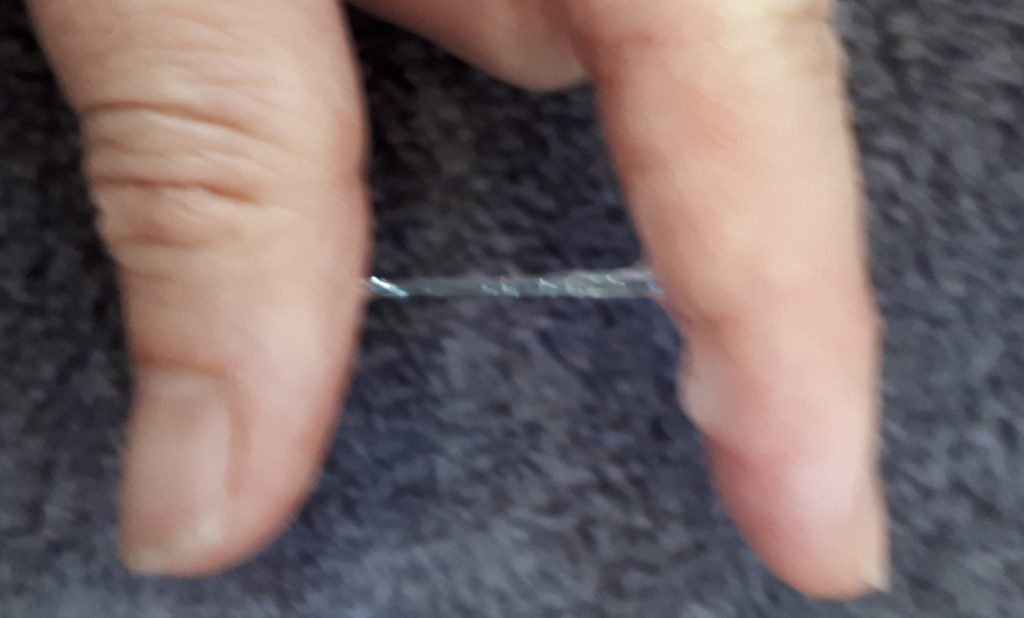
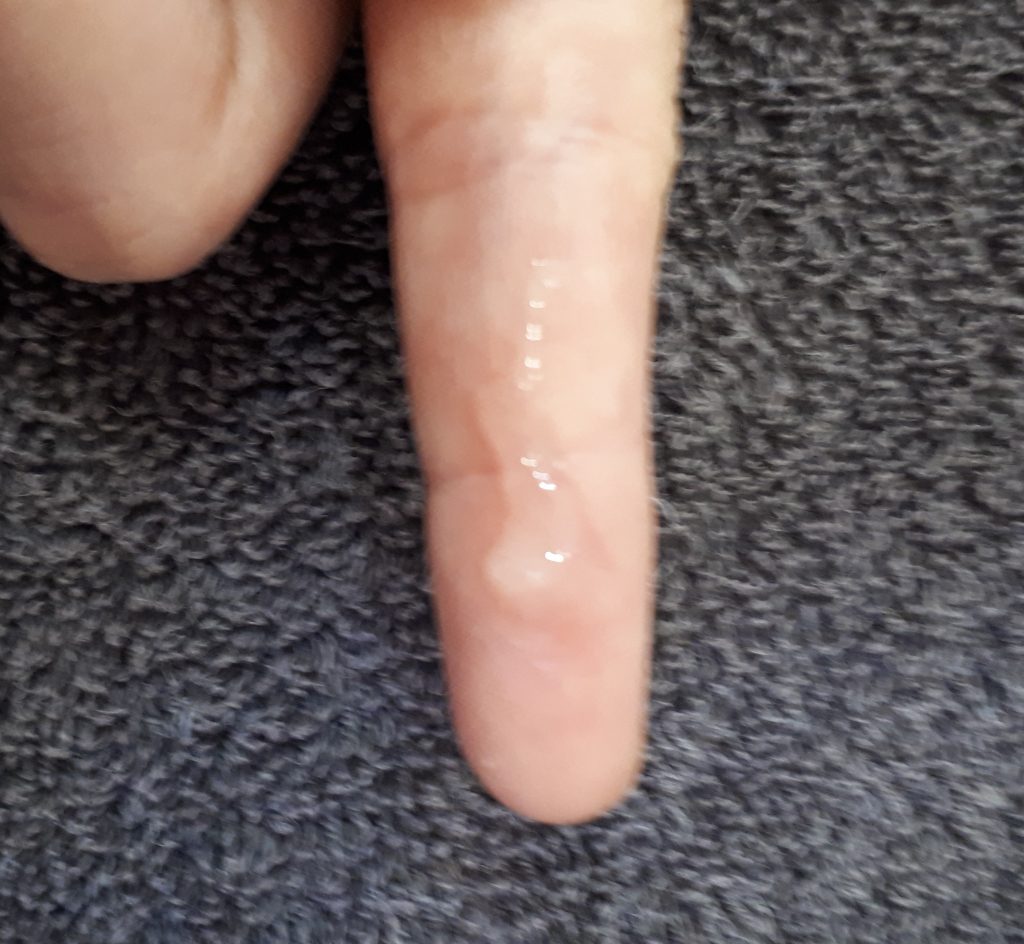
P-type mucous
Right when ovulation is about to occur, P-type mucous is produced. This mucous is produced from crypts found high up the vagina, at the very top of the cervical canal. P-mucous is not stretchy like S-type, but it is extremely lubricative. The last day that P-type mucous is produced is the most fertile day of the whole cycle (the day before or the day of ovulation). You might not actually see any mucous on your undies or on toilet tissue on these days. You might only notice that you’re very wet/moist “down there”. You may feel the need to change your undies. Some women describe it as a feeling of “so wet I thought I had peed myself”.
Producing this fertile mucous before ovulation occurs is not a design fault in women’s biology. It is perfectly designed, and timed, to ensure that the most sperm possible have a smooth passage up to the uterus. A lot of the sperm don’t survive the journey, making sperm quality just as important as egg quality. Having lots of sperm in the uterus before ovulation occurs is also beneficial because the egg only has a short viable window in which it can be fertilised.
An egg is fertilisable for only 6-12 hours.
Sperm need to be ready and waiting in the female before ovulation occurs.
So stop waiting for perfectly timed sex!
Stop waiting for the app to tell you.
Stop waiting for the ovulation kit to tell you.
Start looking and listening to your body! It will tell you!
Some women tell us that they don’t notice very many changes in their mucous. Some women also tell us that they don’t produce a lot of mucous at all. These patients, however, will notice a change (for the better) in their fertile mucous with regular treatment. Enquire now to see how we can help.



